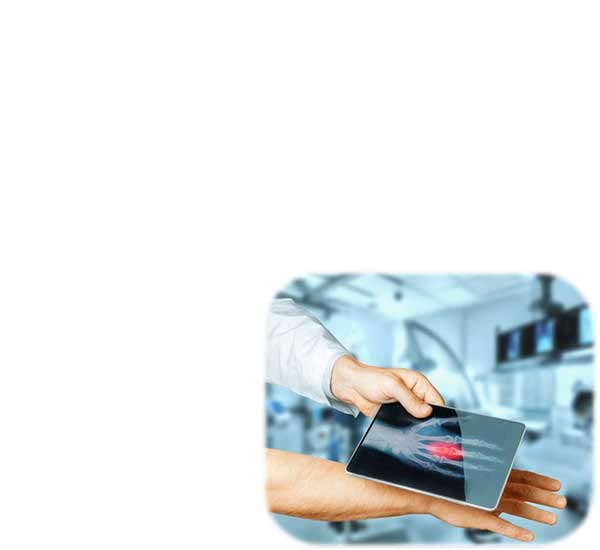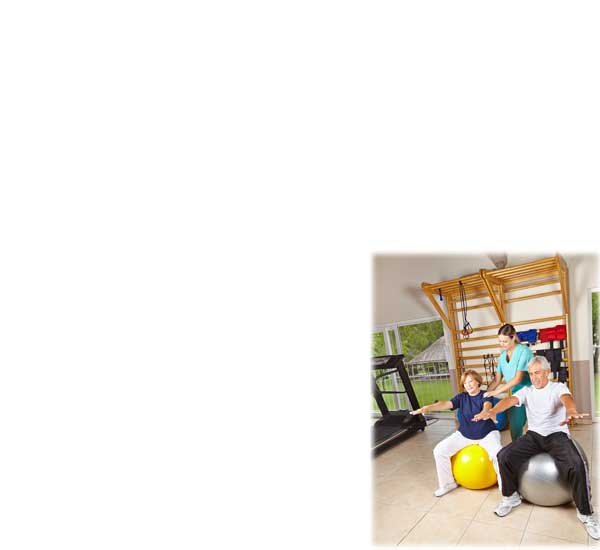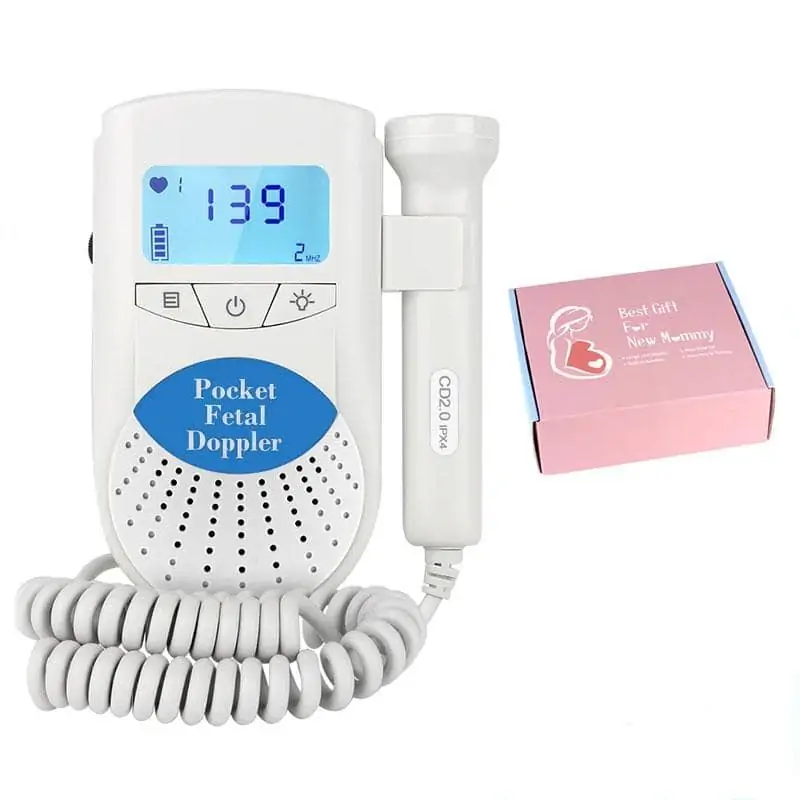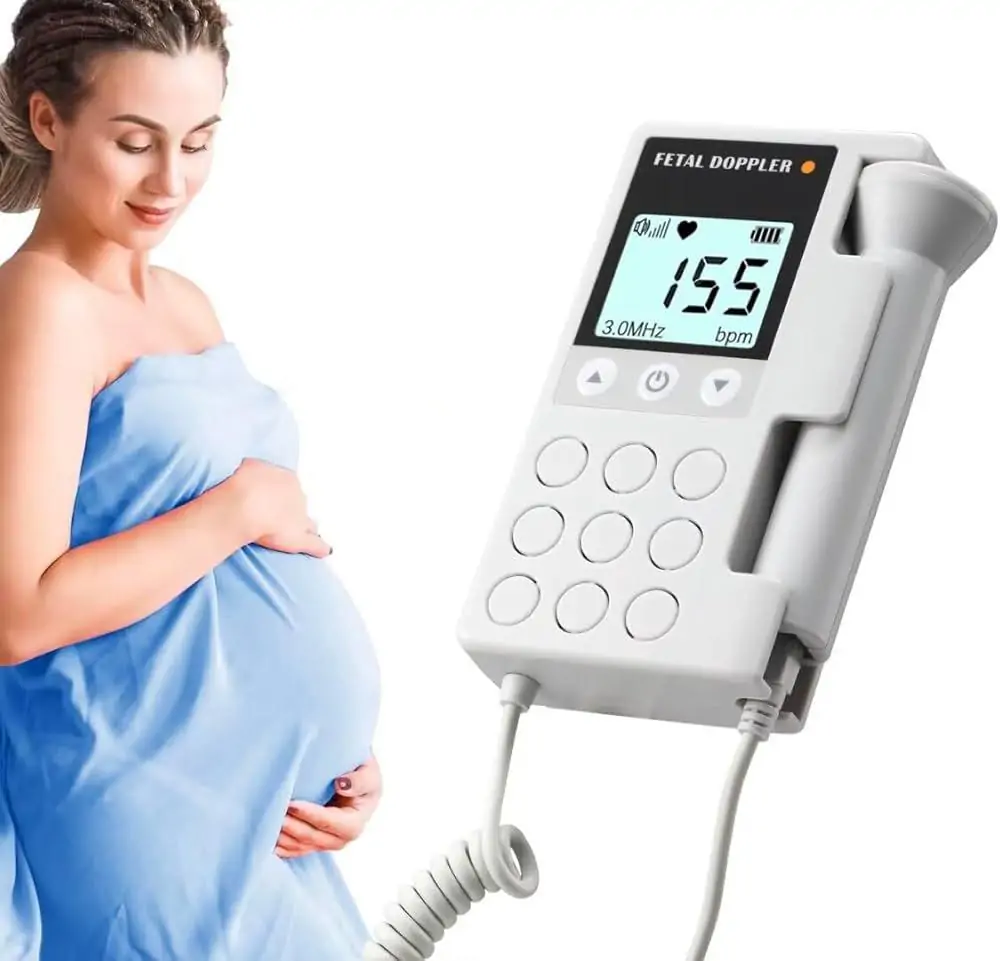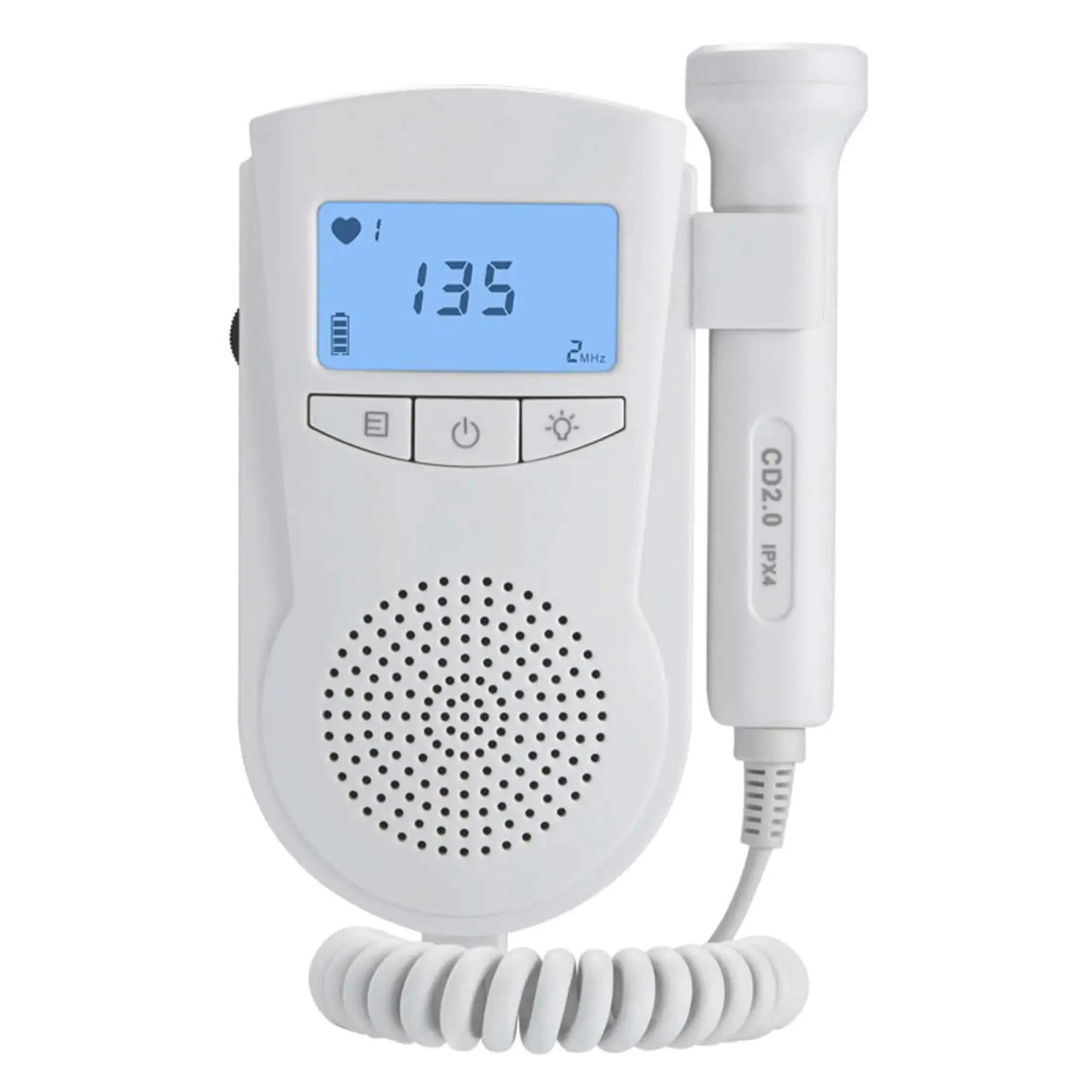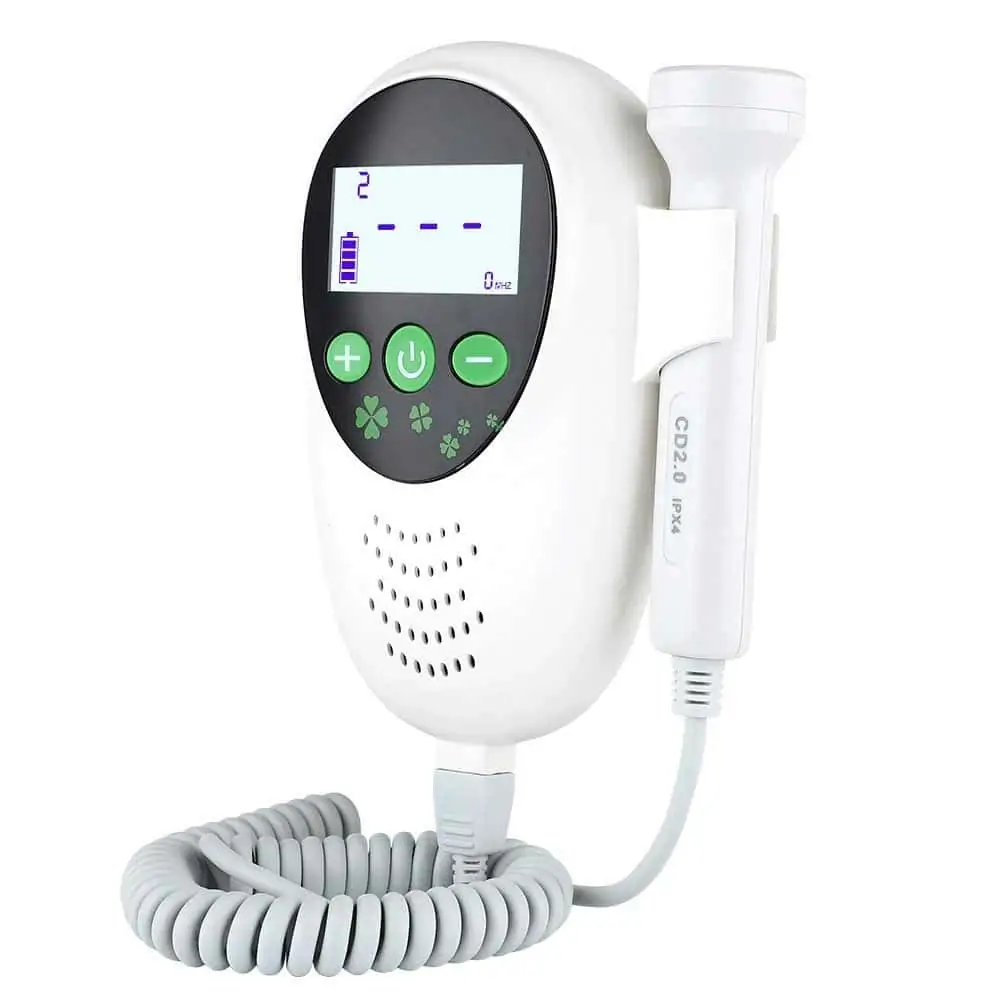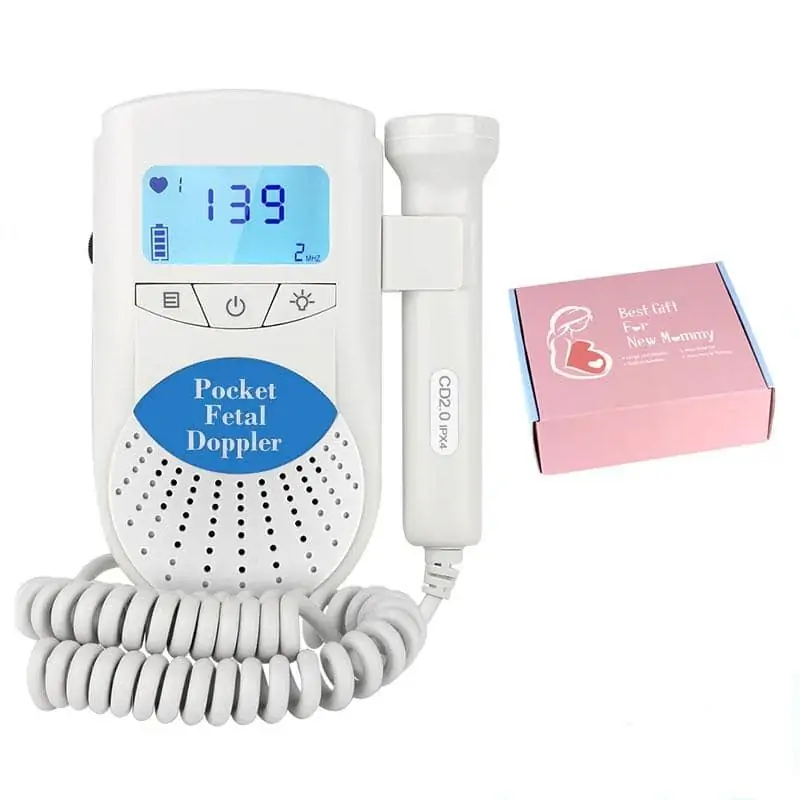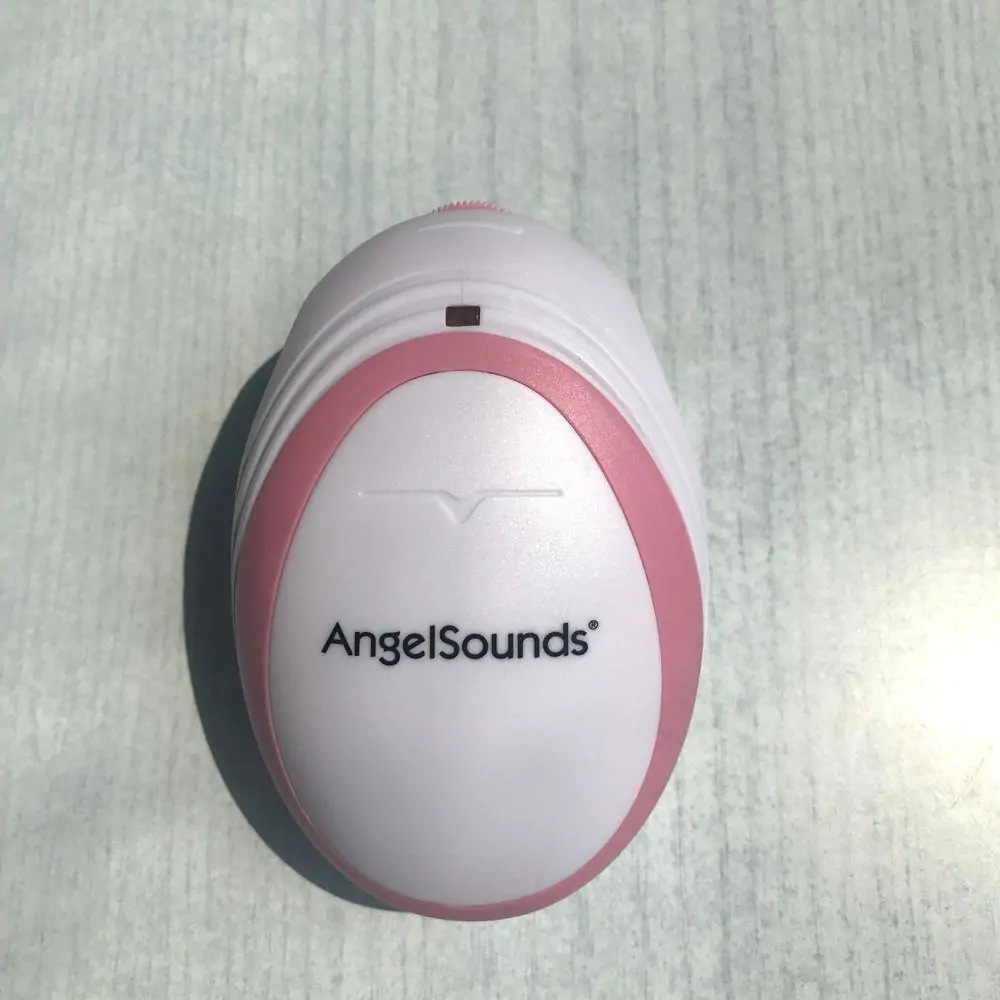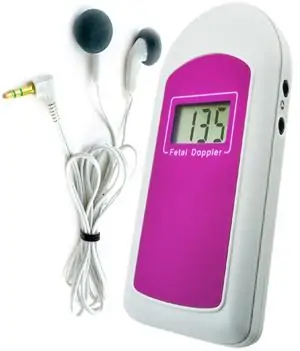Fetal Doppler: Monitoring Your Baby’s Heartbeat at Home Leave a comment
Fetal Doppler
Introduction
As expectant parents, the anticipation of hearing your baby’s heartbeat can be one of the most thrilling moments during pregnancy. Fetal Doppler monitors have emerged as popular tools for parents who wish to connect with their developing child in a meaningful way. This article will delve into what a fetal Doppler is, the benefits of using one, practical tips for usage, and insights based on personal experiences.
What is a Fetal Doppler?
A fetal Doppler monitor is a handheld ultrasound device that allows you to listen to your baby’s heartbeat. The device emits sound waves that bounce off the moving blood cells in your baby’s heart,and it captures these echoes to convert them into the heartbeat sound you hear. This non-invasive method provides peace of mind for many parents-to-be by allowing them to monitor their baby’s health conveniently from home.
How Dose a Fetal Doppler Work?
Key features of a Fetal Doppler
-
- Ultrasound Technology: Uses sound waves to detect the heartbeat.
-
- Digital Display: Shows the fetal heart rate in beats per minute (BPM).
-
- Portable Design: Easy to use at home or on-the-go.
-
- Headphone Jack: Some models allow sharing of the heartbeat sound with partners.
How to Use a Fetal Doppler
-
- Read the Manual: Familiarize yourself with your specific device.
-
- Choose the right Time: Early morning or evenings when the baby is more active can make detection easier.
-
- Apply Gel: Use ultrasound gel on the probe for better sound quality.
-
- Find the Right spot: Typically, the fetal heartbeat can be heard best in the lower abdomen, around the 10-12 weeks mark.
-
- Listen: Gently move the probe until you hear the heartbeat. Remember, it may take a few moments.
Benefits of Using a Fetal Doppler
Using a fetal Doppler can provide a variety of benefits, easing the anxiety of pregnancy and improving the emotional connection with your baby.
Emotional Connection
-
- Bonding Experience: Hearing your baby’s heartbeat creates a tangible connection.
-
- Reassurance: Regular monitoring offers peace of mind about your baby’s well-being.
Educational Aspect
-
- Understanding Progress: Learn about your baby’s growth and health milestones as you track heartbeat changes.
Convenient Monitoring
-
- Accessibility: easy to use at home without needing medical appointments.
-
- Flexible Timing: Parents can monitor the heartbeat at their convenience.
Practical Tips for Using a Fetal Doppler
Using a fetal Doppler can sometimes be a bit tricky, especially if you’re a first-time parent. Here are some useful tips to enhance your experience:
Technique Tips
-
- Use plenty of Gel: This helps with sound transmission and clarity.
-
- Change Positions: If you’re having difficulty finding the heartbeat, try moving around or lying on your side.
Safety Precautions
-
- Consult Your Doctor: Always discuss with your healthcare provider before using a Doppler monitor.
-
- Avoid Excessive Use: While it’s safe to use at home, don’t obsessively check the heartbeat; it can cause unnecessary anxiety.
Personal Experiences: Hearing the Heartbeat for the First Time
Many parents recount the moment they first heard their baby’s heartbeat as emotional and unforgettable. For instance, Sarah, a first-time mom, shared her experience:
“the first time I heard my baby’s heartbeat, I was overwhelmed with joy. It was such an incredible feeling! I would lie in bed, applying the gel and waiting with so much excitement. Each time I found it, it felt like another step closer to meeting my baby.”
If you have a story, sharing it could reassure other parents navigating similar experiences.
Case Studies: The Impact of Fetal Doppler on Parents’ Peace of Mind
Case Study 1: Reduced Anxiety
Parents: John and Maria
Outcome: After using a fetal Doppler regularly, this couple discovered their stress levels significantly decreased. they reported a sense of calm when listening to their baby’s heartbeat, reducing their worries about possible complications.
Case Study 2: Comfort in Monitoring
Parents: Lisa and Mark
Outcome: This couple found that using a Doppler allowed them to engage in discussions about their pregnancy and baby’s health. they felt more prepared for doctor’s visits, having data to share about their baby’s development throughout the weeks.
FAQs About Fetal Dopplers
1.Is using a fetal Doppler safe?
Yes, fetal Dopplers are generally safe for home use. However, it’s crucial to consult with your healthcare provider before starting.
2. When can I hear my baby’s heartbeat with a Doppler?
Most parents can hear their baby’s heartbeat using a Doppler around 10-12 weeks into pregnancy.
3. Can I use a Doppler every day?
While it’s safe to use a Doppler, it’s advisable to limit monitoring to avoid unnecessary anxiety. Consult your doctor for recommendations.
Conclusion
A Fetal Doppler monitor can serve as a vital tool for expectant parents, offering an extraordinary prospect to bond with your baby while keeping an eye on their well-being. By understanding how to properly use this device and remembering the importance of consulting with healthcare providers, you can enjoy this special phase of pregnancy with confidence.
Whether you’re eagerly awaiting those first sounds or seeking reassurance about your baby’s health, a fetal Doppler can provide that unique auditory connection many parents cherish. Embrace this tool as part of your pregnancy journey, enhancing both your emotional and educational experience as you prepare to welcome your little one into the world.
—
This article not only explains fetal Dopplers comprehensively but also integrates practical tips, emotional experiences, and case studies, making it an invaluable resource for expectant parents. Remember to share your journey and feel free to reach out with any questions about using a fetal Doppler.



